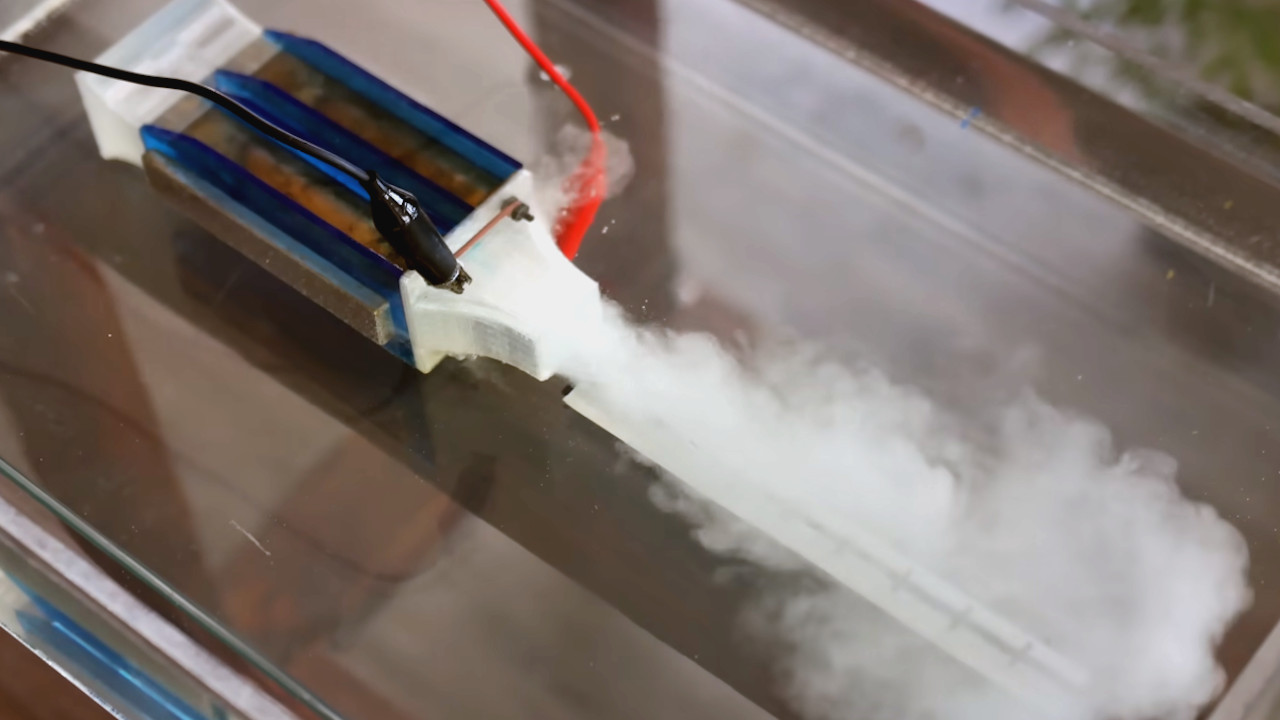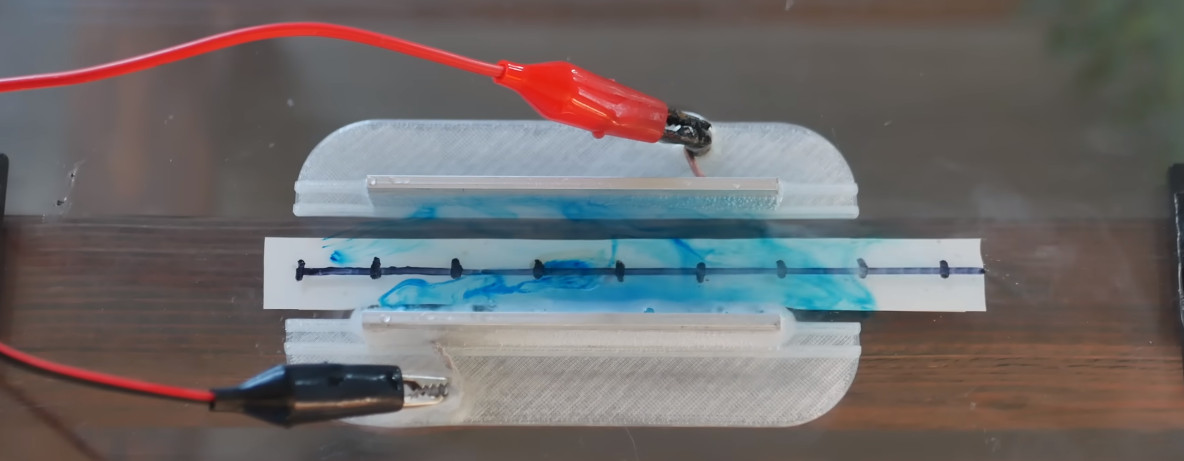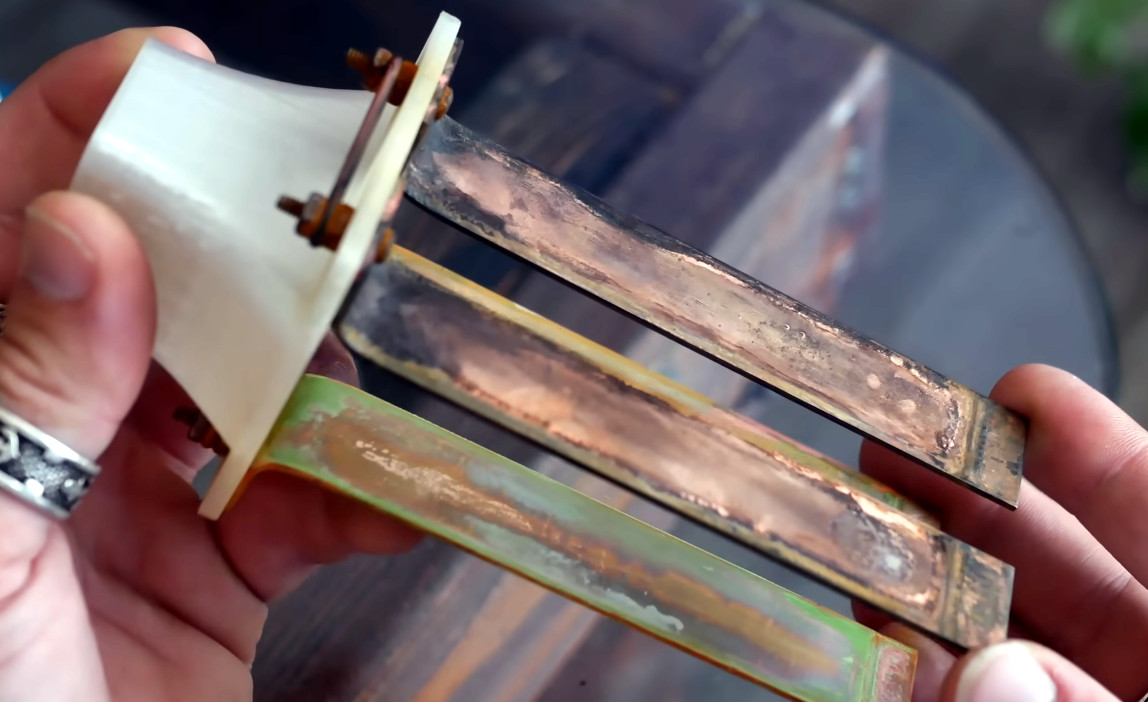A Magnetohydrodynamic Drive in the Kitchen Sink [Hackaday]

The magnetohydrodynamic (MHD) drive certainly sounds like something out of science fiction — using an array of magnets and electrodes, this high-tech propulsion technology promises to silently propel a craft through the water without any moving parts. As long as you can provide it with a constant supply of electricity, anyway.
Of course, as is often the case, the devil is in the details. Even with the obvious scientific and military applications of such a propulsion unit, scaling MHD technology up has proven difficult. But as [Jay Bowles] of Plasma Channel shows in his latest video, that doesn’t mean you can’t experiment with the concept at home. Even better, getting verifiable results is much easier than you’d think.

While [Jay] usually won’t even get out of bed for less than a dozen kilovolts, a standard bench supply is all you need to power your very own MHD. He ran his experiential drive at a maximum of 25 VDC/9 A, but he was getting results with just 5 VDC/1.5 A. Beyond that, it’s just a matter of cutting some electrodes out of metal stock and placing them on either side of the most powerful magnets you can get your hands on. Add in a 3D-printed structure and some pieces of acrylic, and you’re halfway to a bathtub rendition of The Hunt for Red October.
In the video, [Jay] progresses through several experiments that test variables such as the electrode spacing, magnetic field strength, and applied voltage — noting how each change impacts the velocity of water passing through his test rig. The results indicate that the MHD, at least on such a small scale, is remarkably forgiving regarding design specifics. Line your electrodes up with the magnets, flip on the power, and it seems like something will happen pretty much no matter what. If you want the best performance, the formula seems straightforward: more power + bigger magnets = higher velocity.

The final prototype thruster has a mass of 35 grams and produces approximately 75 grams of thrust while consuming 225 watts. That’s pretty impressive for a first attempt, especially for something mainly built from hardware store components.
It seems like the biggest problem is that the brass electrodes end up looking pretty rough after a relatively short time. We’re pretty sure we even saw metal flakes flying out of the back of the unit while it was operating a few times. As such, it’s unclear how long the unit could provide thrust before electrolysis really starts to take its toll. But hey, that’s what version two is for, right?
[Jay] says he was inspired to look into the magnetohydrodynamic drive after building a high-voltage catamaran, which is itself a spin-off of his ongoing efforts to build an ion-powered aircraft.

![a-magnetohydrodynamic-drive-in-the-kitchen-sink-[hackaday]](https://i0.wp.com/upmytech.com/wp-content/uploads/2023/08/136476-a-magnetohydrodynamic-drive-in-the-kitchen-sink-hackaday.jpg?resize=800%2C445&ssl=1)